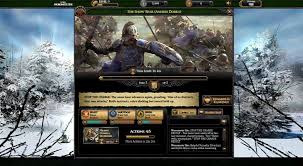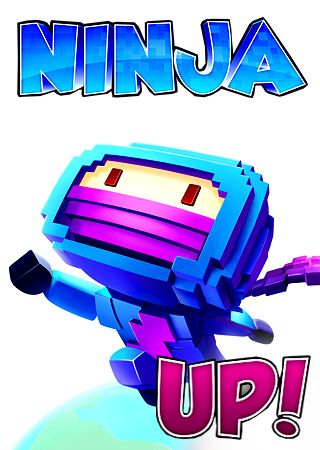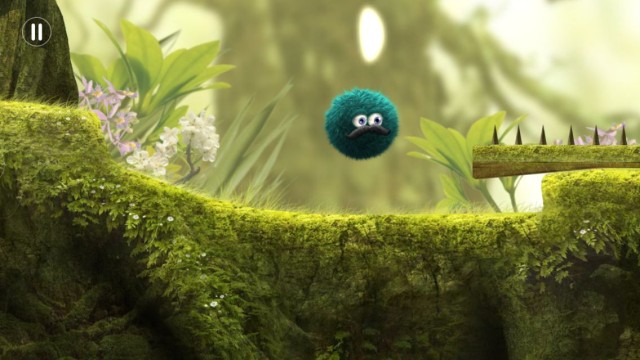Become the greatest bannerman in Westeros with the free-to-play smash hit Game of Thrones: Ascent. You might be tempted to drop a little cash here and there to advance, but consult our guide first to be sure we haven't covered anything absolutely necesssary, and you too can get started on the road to the Iron Throne.
How do I play Game of Thrones: Ascent?

Game of Thrones: Ascent is a menu-driven strategy game that requires you to create your very own bannerman. Once you've edited relevant stats, assigned equipment, and chosen a path to pursue, you can continue with the game. Then it's on to collecting resources, engaging in battle, and conversing with the various NPCs and townsfolk about the area. Iron, wood, and silver are but a few of the currencies you'll collect, and you'll rack up missions to complete as you progress. It's up to you how you want to mark them off the list, but you rise through the ranks by collecting quests, meeting goals, and continuing from there. Be advised there will be wait times aplenty at many points, so prepare yourself to pay cash if you want to circumvent them.
How do XP and other currencies work in Game of Thrones: Ascent?
Power points are how you're ranked in the worldwide Lord rankings. Your level is, of course, your own personal amount of progress and is governed by XP. When you complete missions you're given a percentage of the level meter as XP. When you level up you get new buildings, Sworn Swords, and other abilities. Silver is earned via taxes, adventures, and quests and you can buy more with real-world cash. Gold is used to buy premium items, and you can only obtain it in-game.
How do quests work in Game of Thrones: Ascent?
All of your quests are grouped together in one area where you can easily access them. Tap on a quest to see a brief description and which tasks are associated with it. You don't have to go down the list and complete everything, but you don't have to tick off each quest simply because it's there, either. That's your prerogative.
Chapters are similar to quests, but above them in the hierarchy. When you complete a chapter, you can receive rewards, XP, and more. Chapters spawn Sworn Sword quests as well. There are bonus goals attached to Chapters that require you to complete social tasks in addition to your normal duties, too.
What are Sworn Sword quests like?
When you get a Sworn Sword quest, you'll choose one of your men, choose from "battle, trade, or intrigue," and send him on his way to do your bidding. You'll complete the option that makes sense for the situation. In the worst case scenario, you'll lose your Sworn Sword entirely. Choose wisely when accepting these quests, as it can take time to build back up.
How do I play Game of Thrones: Ascent?
Game of Thrones: Ascent is a menu-driven strategy game that requires you to create your very own bannerman. Once you've edited relevant stats, assigned equipment, and chosen a path to pursue, you can continue with the game. Then it's on to collecting resources, engaging in battle, and conversing with the various NPCs and townsfolk about the area. Iron, wood, and silver are but a few of the currencies you'll collect, and you'll rack up missions to complete as you progress. It's up to you how you want to mark them off the list, but you rise through the ranks by collecting quests, meeting goals, and continuing from there. Be advised there will be wait times aplenty at many points, so prepare yourself to pay cash if you want to circumvent them.
How do XP and other currencies work in Game of Thrones: Ascent?
Power points are how you're ranked in the worldwide Lord rankings. Your level is, of course, your own personal amount of progress and is governed by XP. When you complete missions you're given a percentage of the level meter as XP. When you level up you get new buildings, Sworn Swords, and other abilities. Silver is earned via taxes, adventures, and quests and you can buy more with real-world cash. Gold is used to buy premium items, and you can only obtain it in-game.
How do quests work in Game of Thrones: Ascent?
All of your quests are grouped together in one area where you can easily access them. Tap on a quest to see a brief description and which tasks are associated with it. You don't have to go down the list and complete everything, but you don't have to tick off each quest simply because it's there, either. That's your prerogative.
Chapters are similar to quests, but above them in the hierarchy. When you complete a chapter, you can receive rewards, XP, and more. Chapters spawn Sworn Sword quests as well. There are bonus goals attached to Chapters that require you to complete social tasks in addition to your normal duties, too.
What are Sworn Sword quests like?
When you get a Sworn Sword quest, you'll choose one of your men, choose from "battle, trade, or intrigue," and send him on his way to do your bidding. You'll complete the option that makes sense for the situation. In the worst case scenario, you'll lose your Sworn Sword entirely. Choose wisely when accepting these quests, as it can take time to build back up.



